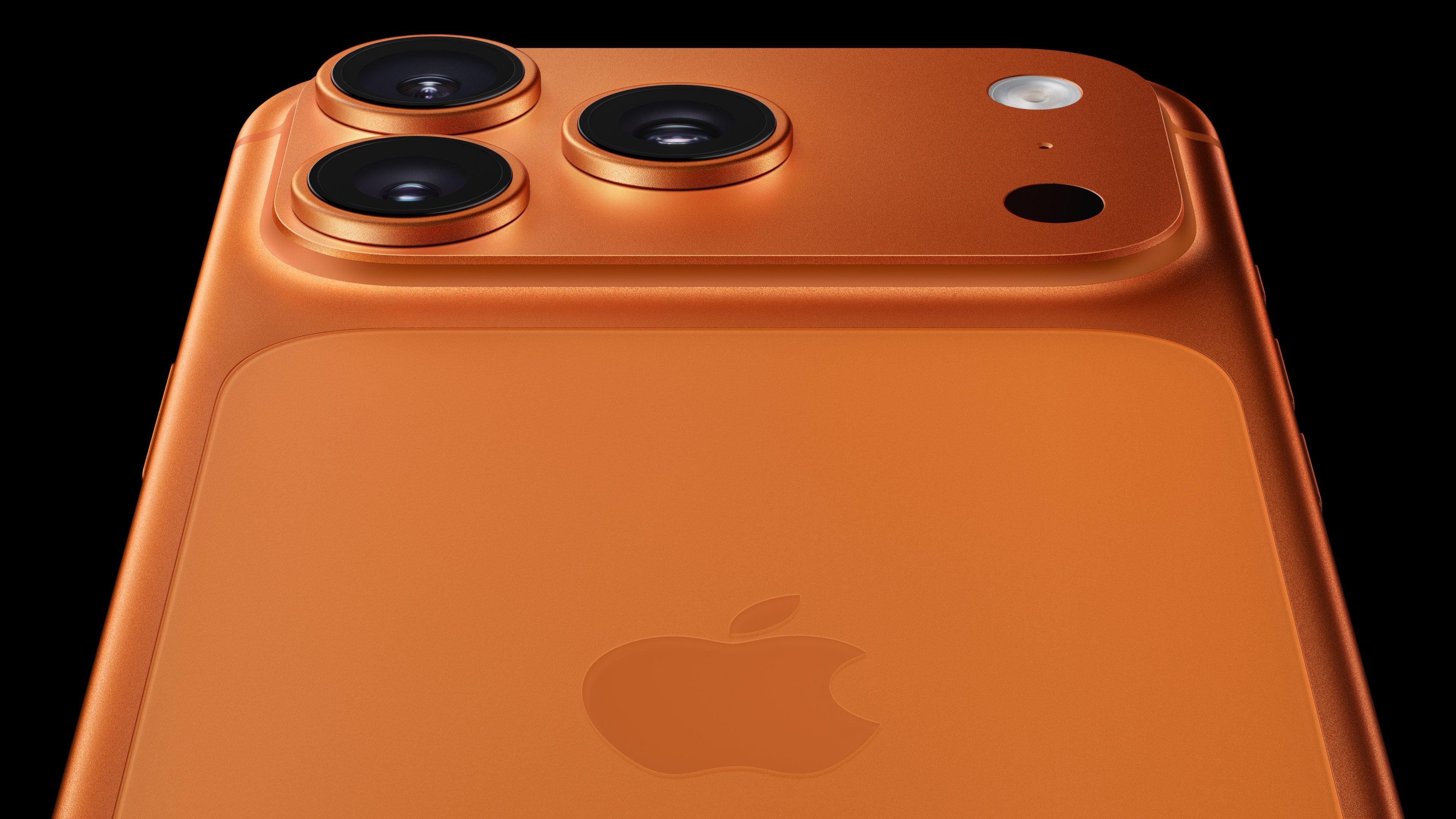When Apple (AAPL 0.75%) held its annual iPhone product launch last September, it did something that it had never done before. Instead of making the prior-generation iPhone 5 available at a $100 discount to the new iPhone 5s, it discontinued the iPhone 5 and in its place launched the iPhone 5c. Will Apple do the same thing this year, or will the iPhone 5s continue on as the "cheap" iPhone?
What Apple is likely to do
Looking at Apple's product stack today, you'll see that it consists of the following:
- iPhone 4s (8GB) – free with contract.
- iPhone 5c – starts at $99 with contract
- iPhone 5s – starts at $199 with contract
With Apple allegedly planning to launch two iPhone models – the 4.7-inch iPhone 5s replacement and the 5.5-inch model that will presumably sit atop the 4.7-inch model in the pricing stack – the lineup could look as follows:
- iPhone 5c – free with contract
- iPhone 5s – starts at $99 with contract
- iPhone 6 – starts at $199 with contract
- iPhone 6L (the "L" stands for "Large") – starts at $299 with contract
With this product lineup, Apple addresses the full spectrum of smartphone users. Want a premium 4.7-inch handset? Apple's got it. Want a "phablet"? Apple's got that too. Prefer a smaller – but still high-quality – smartphone? The iPhone 5s is still great. Even the 5c, which was widely panned for being too expensive, suddenly becomes a much better deal with such a pricing scheme.
What does this mean for investors?
Although all of the excitement is -- understandably, of course -- centered around the upcoming iPhone 6 model(s), it's important not to lose sight of the fact that not everybody is going to be buying phones at the $199 unsubsidized price point. Having a compelling product line up at as many price points as possible is going to be key to bringing as many users into the iOS ecosystem as possible.
Interestingly enough, the product stack above could be the "first" in Apple's history. Not only will the company have a legitimate answer to parts of the high end that Apple hadn't really addressed previously (perhaps seven driving a net ASP uplift with the iPhone 6 models), but pushing the 5s and the 5c down will start to erode the value propositions of some of the lower-end Android phones.
In short, Apple is casting a much wider net.
Foolish bottom line
Quite frankly, it will be exciting to see what Apple's market share in the smartphone market looks like post-iPhone 6. Not only will Apple now have available to it the Android users that have been eagerly awaiting a larger iPhone to switch back, but Apple will be able to offer extremely high quality products into the lower end of the segment.
Oh, and to answer the title of this article, it seems unlikely that Apple will discontinue the iPhone 5s following the iPhone 6 launch, as it just makes far too much sense to keep it as part of an expanded product portfolio.






